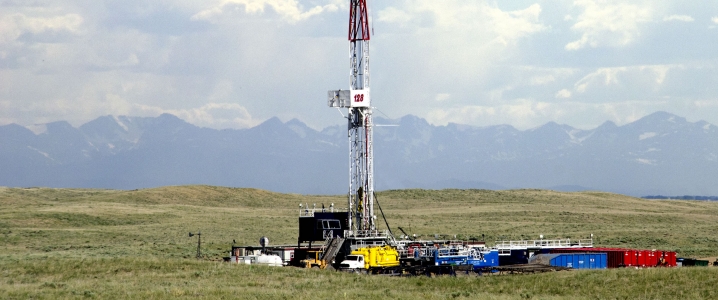Plunging Canadian prices have been depressing oil producers’ realized prices and revenues, even though the U.S. benchmark and the international Brent Crude prices have rallied year to date.
But it’s not only oil sands producers that have been coping with wide price differentials between Canadian crude oil prices and WTI this year.
Canada’s shale drillers have also started to face widening differentials between the Canadian benchmark for light oil delivered at Edmonton and WTI, due to—unsurprisingly—insufficient pipeline infrastructure to transport the light oil to the market.
The Edmonton sweet crude discount to WTI slumped to US$16 a barrel earlier this month—the widest spread since Bloomberg began compiling the data in June 2014.
Not that Western Canadian Select (WCS)—the benchmark price of oil from Canada’s oil sands delivered at Hardisty, Alberta—has been doing any better. The WCS discount to WTI has been more than US$20 this year, and even US$30 at one point. This resulted in Canada Natural Resources saying in early August that it was allocating capital to lighter oil drilling and is curtailing heavy oil production as the price of Canadian heavy oil tumbled to a nearly five-year-low relative to the U.S. benchmark price.
Higher oil prices this year have encouraged more Canadian light tight oil and condensate drilling and production, but takeaway capacity—the weakest link of Canada’s oil industry—is maxed and has already started to affect the realized prices of shale drillers, similar to the widening discount for Midland crude from the Permian in the United States.
To be sure, Canadian shale producers are still making money, even with a wider discount, because WTI is now at $70 a barrel, analysts tell Bloomberg.
Yet, signs have begun to emerge that a glut has started to pile up, as shale and condensate production has been growing when pipeline infrastructure has not.
Combined condensate production in Alberta and British Columbia has surged from around 170,000 bpd in early 2014 to nearly 400,000 bpd in March and 366,000 bpd in May 2018, according to Bloomberg estimates based on National Energy Board (NEB) data.
Yet, shale and condensate drillers expect that the wider Canadian light oil discount to be temporary, Tom Whalen, CEO at the Petroleum Services Association of Canada, told Bloomberg.
Although light oil and condensate prices are currently depressed, due to the infrastructure constraints, analysts see one upside for the Canadian oil industry from the wider light oil discounts.Related: Why Oil Markets Can’t Escape OPEC, Russian Influence
While the wide price differential for Canada’s heavy oil has prevented oil sands producers from taking full advantage of the international and U.S. WTI oil price increase over the past year, low Canadian condensate prices is helping their finances a bit, because they pay lower prices for the condensate to dilute the bitumen they produce.
Oil sands production has created a market for 500,000 bpd of condensate necessary to dilute the bitumen, Kevin Birn, director on the North American crude oil markets team at IHS Markit, told Bloomberg.
A large part of that condensate currently comes from imports of U.S. condensates. According to Birn, the idea that Canadian condensate could overtake imports from the United States wasn’t considered in the past.
“If it’s a battle for market share, it’s going to come down to U.S. imports being pulled back,” Birn said.
Canadian condensates may end up helping oil sands producers with cheaper domestic diluents, but the widened price differential for Edmonton light crude highlights the key factor that has plagued Canadian oil prices this year and that will likely shape the fate of Canada’s industry over the next five years—not enough pipelines.


























